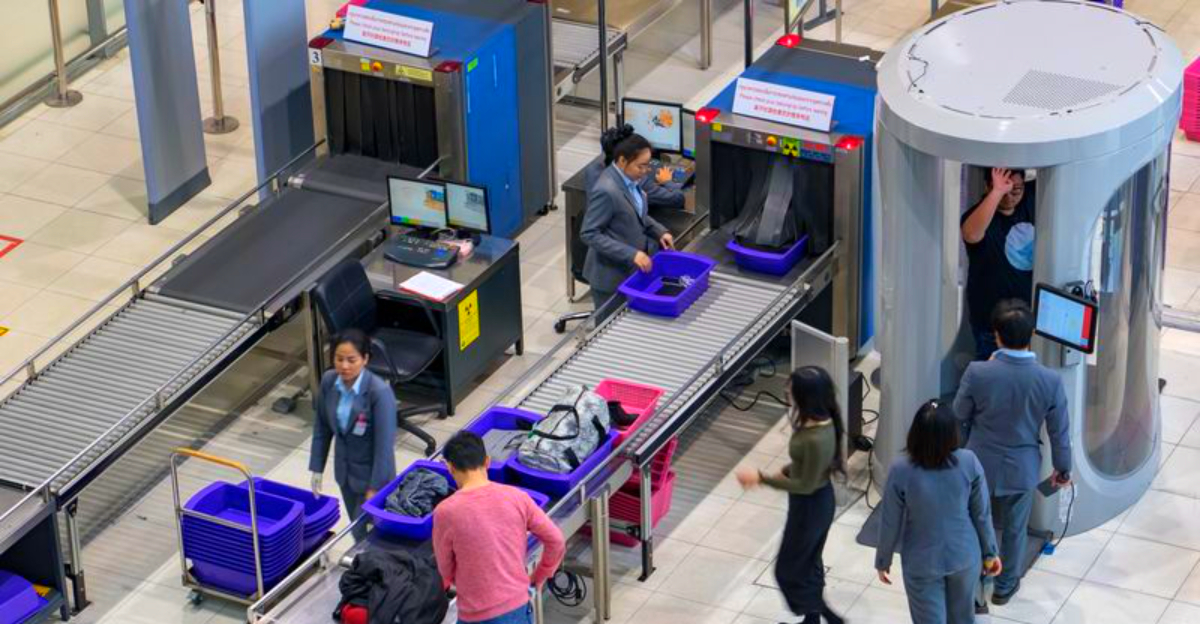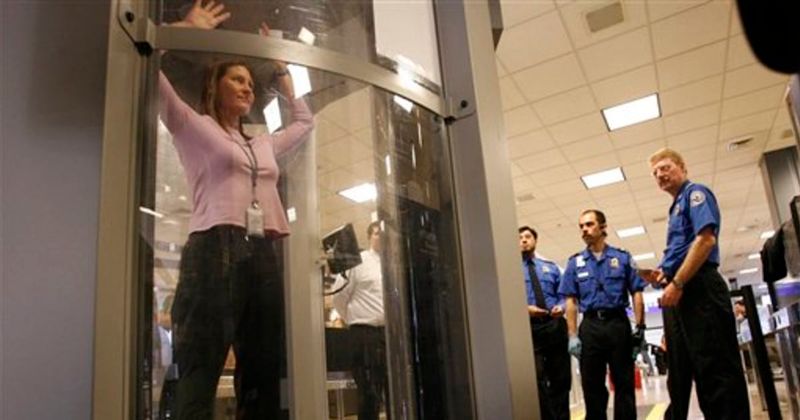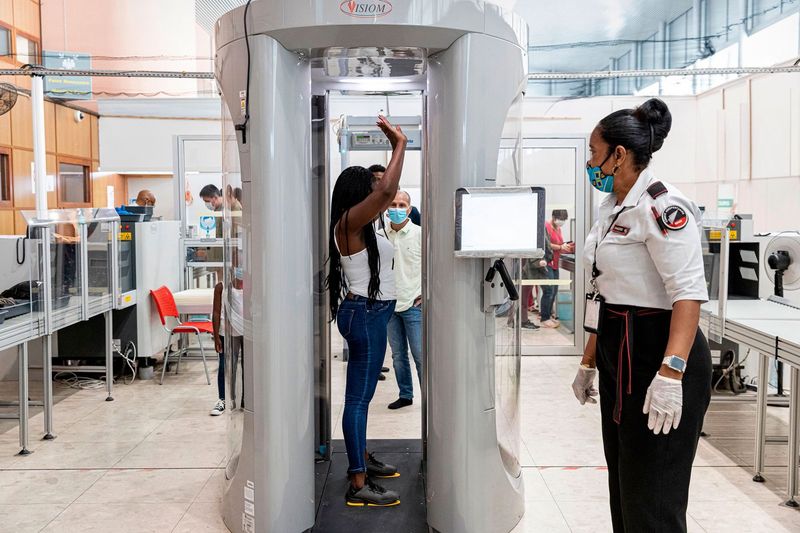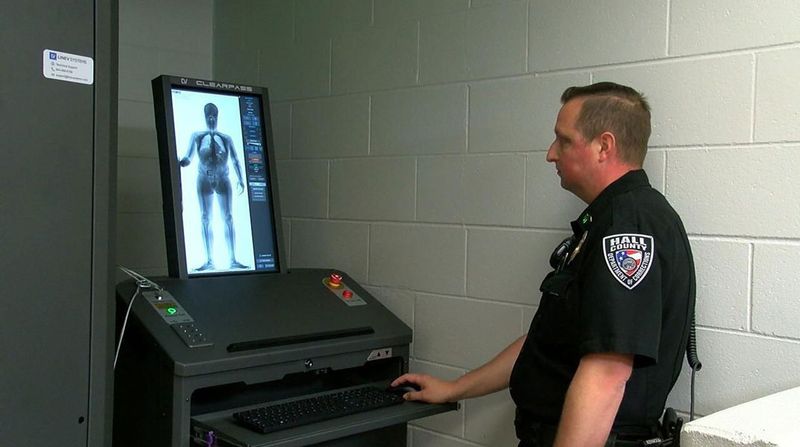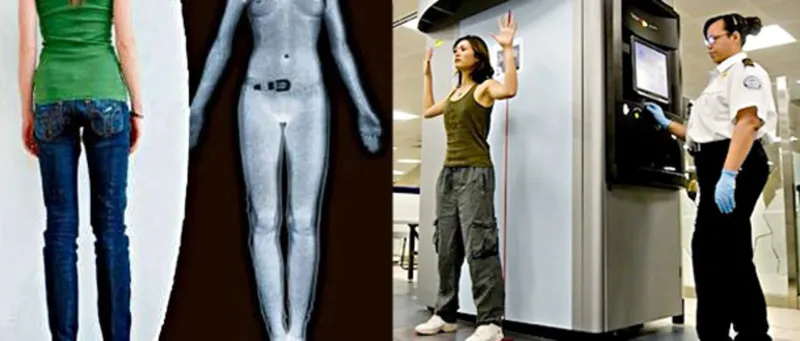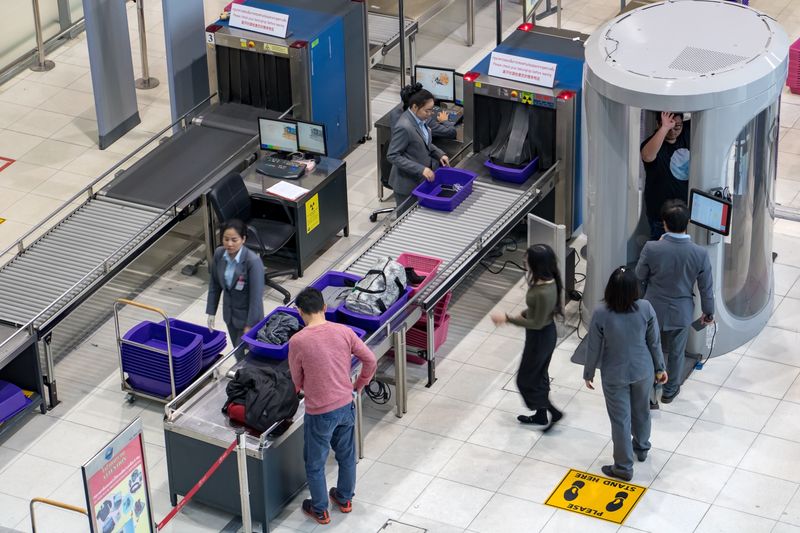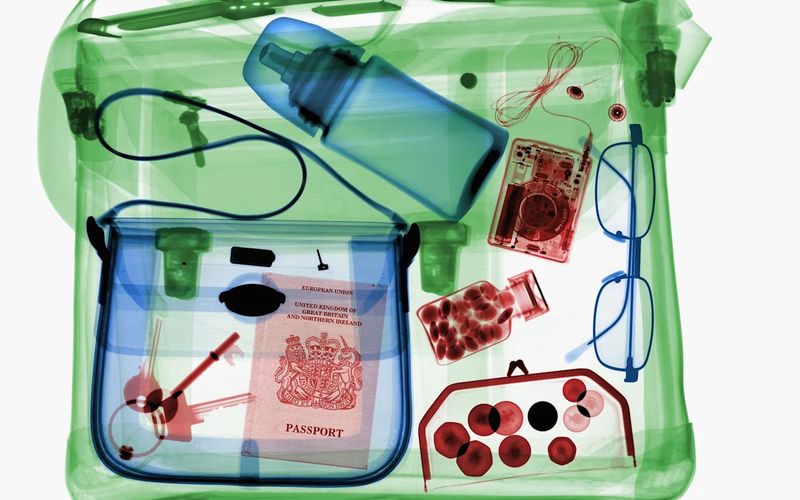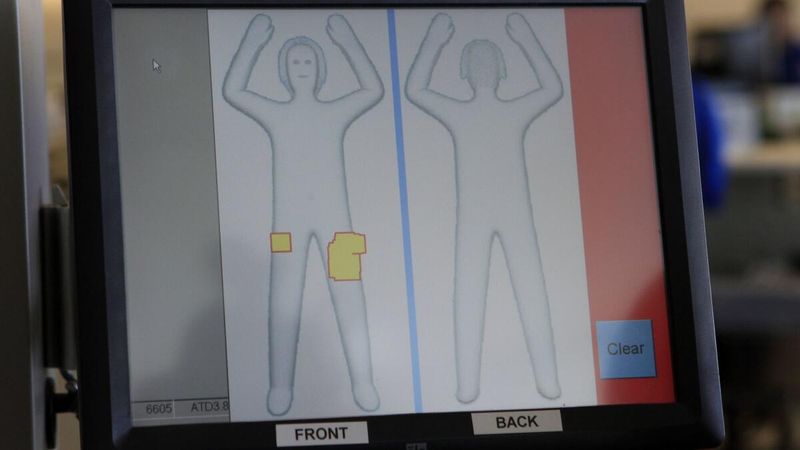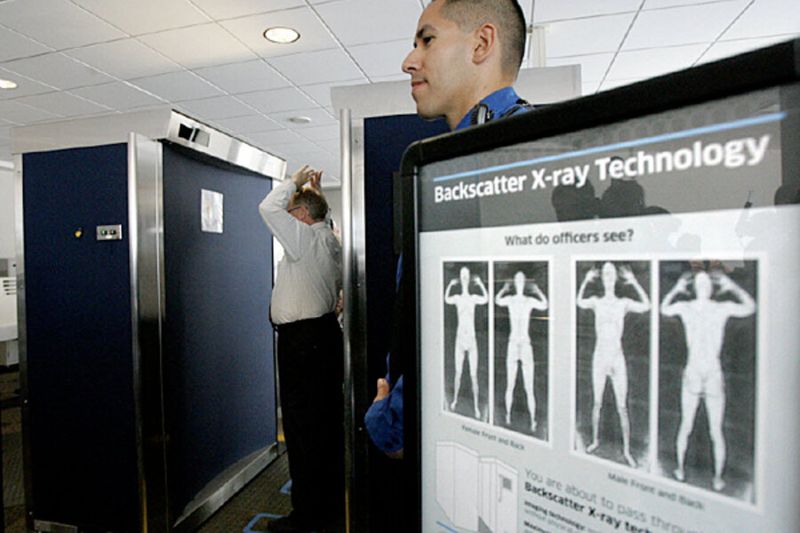Airport security scanners have become a normal part of traveling, but many people wonder what these machines actually see when you step inside. Full-body scanners use advanced technology to keep flights safe by detecting items that could be dangerous. Understanding how these scanners work can help you prepare better for your next trip and move through security more smoothly.
1. Metal Objects Show Up Instantly
Your belt buckle, keys, and even that forgotten coin in your pocket will trigger an immediate alert on airport scanners. Security officers can spot metal items of any size, from tiny jewelry pieces to larger objects like weapons.
Removing all metal items before entering the scanner saves everyone time and prevents unnecessary delays. Smart travelers empty their pockets completely and place everything in the provided bins.
2. Liquid Containers Get Special Attention
Modern millimeter-wave scanners can identify non-metallic threats including liquids that exceed the allowed limits. Large water bottles, shampoo containers, or suspicious liquid substances will show up clearly on security screens.
Even if liquids are hidden under clothing, the scanner technology detects unusual shapes and densities. Always follow the 3-1-1 rule for liquids to avoid triggering additional screening procedures that slow down your journey.
3. Medical Devices Need Extra Consideration
Pacemakers, insulin pumps, and prosthetic devices appear differently on scanner screens and often require special handling. Medical equipment can trigger alarms because of their unique materials and electronic components.
Informing security officers about medical devices before screening prevents confusion and reduces stress. Carry medical documentation when possible, as this helps officers understand what they’re seeing on their monitors and speeds up the process.
4. Your Clothing Becomes Transparent
Scanners see through fabric layers but cannot penetrate skin, creating detailed outlines that reveal anything attached to your body. Thick winter coats, multiple shirt layers, and heavy fabrics don’t hide concealed items from detection.
The technology focuses on identifying objects that don’t belong on a normal human silhouette. Regular clothing and typical accessories like watches or necklaces usually pass through without issues once properly removed.
5. Organic Materials Trigger Different Alerts
Food items, powders, and organic substances create unique signatures that scanners flag for additional inspection. Snacks in your pockets, protein powder containers, or unusual organic materials may require hand-swab testing.
Security teams use secondary screening methods to verify whether organic materials pose any threats. Pack food items in clear containers within your carry-on luggage rather than keeping them on your person during scanning.
6. Electronic Devices Stay Separate
Body scanners focus exclusively on what’s attached to you, while laptops and phones go through different X-ray machines. Your electronic devices receive separate screening regardless of your body scan results.
Large electronics must be removed from bags for individual inspection, creating a two-part security process. Even if you pass the body scanner perfectly, your devices might still need additional checking by security personnel.
7. Privacy Protection Stays Strong
Advanced software creates generic body outlines instead of detailed personal images, protecting your privacy while maintaining security effectiveness. Security officers see highlighted problem areas on cartoon-like figures rather than actual body details.
Images are never stored, shared, or transmitted anywhere beyond the immediate screening area. Automated target recognition technology ensures that personal privacy remains protected while still identifying potential security threats effectively.
8. Additional Screening Happens Randomly
Passing the body scanner successfully doesn’t guarantee you’ll skip additional security measures like pat-downs or bag searches. Random selection and risk-based screening protocols can still require extra inspection steps.
Security procedures include multiple layers of protection beyond just the scanner results. Allow extra time for potential additional screening, especially during busy travel periods when thorough security checks become more common.
